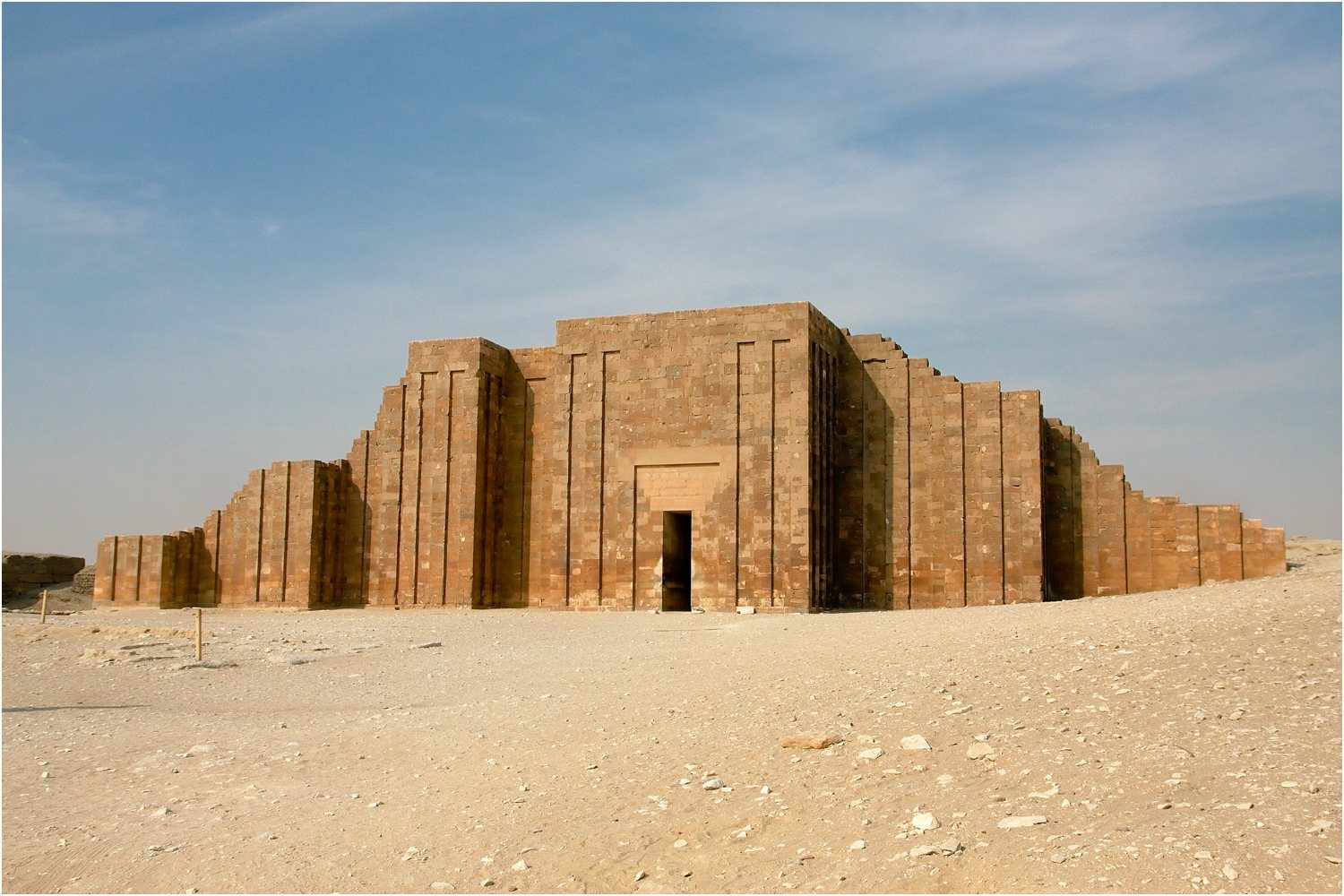The Step Pyramid of King Djoser & Saqqara Serapeum
The Pyramid of Djoser, also known as the Step Pyramid, is an architectural masterpiece that stands as a testament to the ingenuity and grandeur of ancient Egypt. Located in the Saqqara complex near Cairo, it holds great historical and cultural significance. Let's embark on a journey to explore the fascinating details of this ancient wonder.
King Djoser and the Step Pyramid
The Pyramid of Djoser was built during the 27th century BC for Pharaoh Djoser, the second king of the Third Dynasty of the Old Kingdom of Egypt. Designed by the renowned architect Imhotep, it marked a significant milestone in the evolution of pyramid construction. Unlike earlier mastaba tombs, Djoser's pyramid was a groundbreaking structure that introduced the concept of stacking mastabas to create a monumental stepped pyramid.
The Architectural Marvel of the Step Pyramid
The Step Pyramid stands tall, reaching a height of around 200 feet (60 meters) and consisting of six layers or steps. The pyramid's core is made of limestone blocks, while its outer layers are adorned with fine white Tura limestone. This unique design, with its stepped layers, creates a visually striking structure that has captivated visitors for centuries.
Exploring the Saqqara Complex
The Pyramid of Djoser is the centerpiece of the Saqqara complex, a vast archaeological site that encompasses various tombs, temples, and monuments. It served as a necropolis for the ancient Egyptian capital of Memphis. Visiting the complex allows you to immerse yourself in the rich history and grandeur of ancient Egypt.
The Imhotep Museum
To gain a deeper understanding of the Pyramid of Djoser and the brilliance of its architect, a visit to the Imhotep Museum is highly recommended. Located near the Step Pyramid, this museum showcases artifacts, statues, and reliefs that shed light on the architectural prowess of Imhotep and the reign of King Djoser. It provides a fascinating glimpse into the craftsmanship and artistic achievements of ancient Egypt.
The Serapeum of Saqqara
While exploring the Saqqara complex, be sure to visit the Serapeum, an underground burial complex dedicated to the Apis bulls. These bulls were considered sacred and were mummified and laid to rest in elaborate granite sarcophagi. The Serapeum offers a glimpse into the religious beliefs and rituals of ancient Egypt, highlighting the significance of these revered animals.
Ancient Marvels and Timeless Wonder
The Pyramid of Djoser and the surrounding Saqqara complex transport visitors back in time to the glory days of ancient Egypt. The architectural brilliance, intricate craftsmanship, and cultural significance of these structures continue to inspire awe and admiration.
Visiting the Pyramid of Djoser
To visit the Pyramid of Djoser and the Saqqara complex, it is advisable to join organized tours that provide knowledgeable guides and convenient transportation. These tours ensure a comprehensive and informative experience, allowing you to fully appreciate the historical and architectural marvels of this ancient site.
The Pyramid of Djoser, with its Step Pyramid design, is a remarkable testament to the architectural achievements of ancient Egypt. Together with the Saqqara complex, including the Serapeum and the Imhotep Museum, it offers a captivating journey into the rich history and cultural heritage of this extraordinary civilization. A visit to the Pyramid of Djoser is an opportunity to witness the ingenuity and grandeur of ancient Egypt up close.
Egypt Tours Including Pyramid of Djoser
| Tour | Itinerary | Price |
|---|---|---|
| Cairo City Breaks | 3 Days | $ 255 |
| Cairo Private Tours | 4 Days | $ 429 |
| Cairo Holiday Packages | 5 Days | $ 819 |
| Cairo to Petra Tour | 7 Days | $ 975 |
| Egypt Overland Tours | 8 Days | $ 1105 |
| Cairo and Istanbul Tours | 12 Days | $ 1510 |
| Pyramids and Nile Cruise Holidays | 8 Days | $ 1510 |
| Egypt Pyramid Tour Packages | 8 Days | $ 1589 |
| Egyptologist Tours | 7 Days | $ 1775 |
| 5 Star Egypt Tours | 8 Days | $ 1775 |
